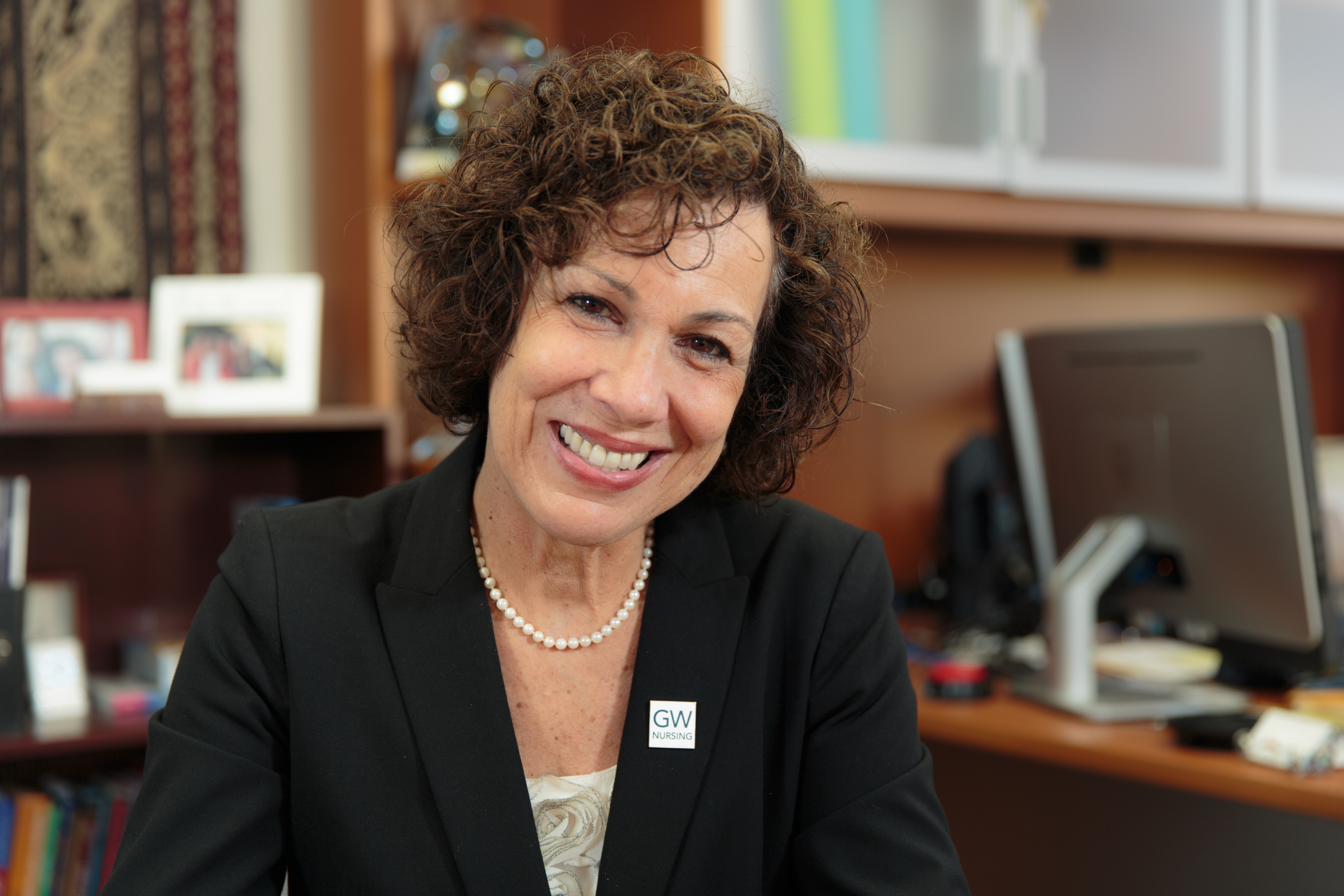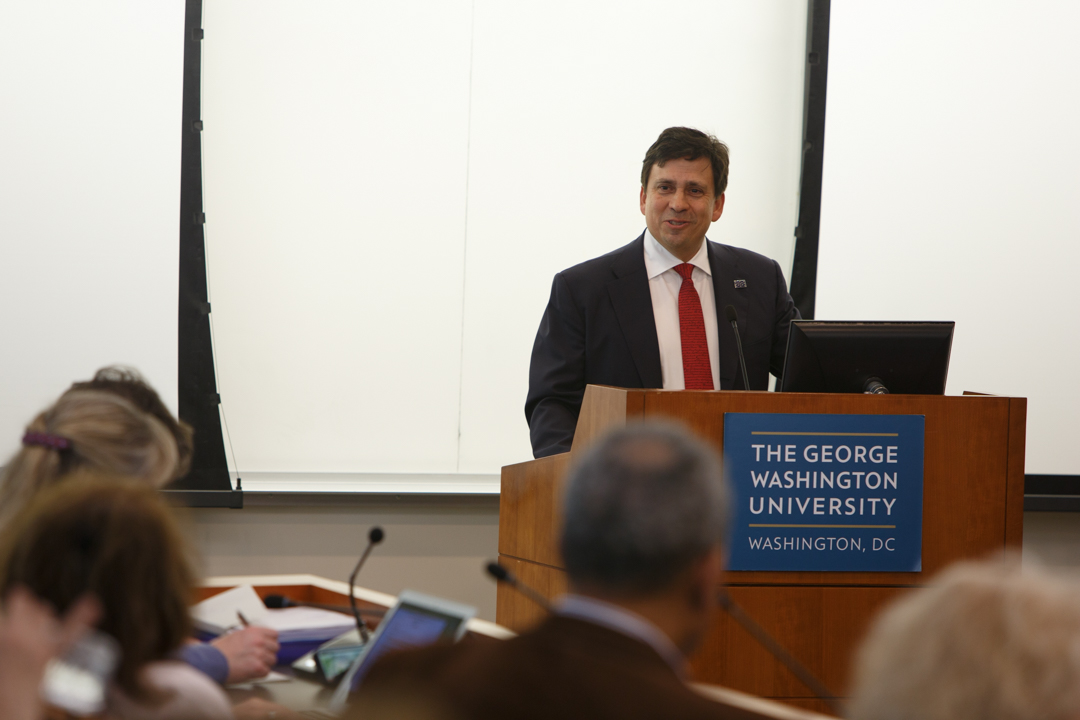A George Washington University study examining patient outcomes found that nurse practitioners and physician assistants at community health centers delivered care that was equivalent to services delivered by physicians. The study is the first comparison to focus on community health centers and could have implications for their structure.
“Findings from our study should be reassuring to patients who rely on community health centers for their care,” said Ellen Kurtzman, associate professor in the GW School of Nursing and lead author of the paper. “We found that care is likely to be comparable regardless of whether patients are seen by a nurse practitioner, physician assistant or physician.”
Patients are becoming more dependent on community health centers in areas where medical care options are limited. Areas with low-income, uninsured, immigrant and minority populations are increasingly turning to non-physician clinicians to provide primary care.
Dr. Kurtzman and her team reviewed five years of data from the National Ambulatory Medical Care Survey’s Community Health Center subsample and compared nine patient outcomes by practitioner type to assess the care patients were receiving in community health centers. The study was published Feb. 24 in the journal “Medical Care.”
Researchers found that visits to nurse practitioners and physician assistants resulted in similar quality, services and referrals as those made to physicians. They examined quality indicators like depression treatment and smoking cessation counseling, service utilization and referral patterns.
The research is encouraging for health center administrators who must meet the medical demands of their communities without compromising care. It is also important for policymakers who establish occupational policies that often restrict the autonomy of non-physician clinicians, such as nurse practitioners and physician assistants.
Another study led by Dr. Kurtzman that used the same dataset found that nurse practitioner outcomes did not vary in states with and without occupational restrictions on these clinicians. This suggests lawmakers might be able to ease state restrictions without compromising the quality of patient care, Dr. Kurtzman said. The study was published in “Health Services Research” Jan. 27.




